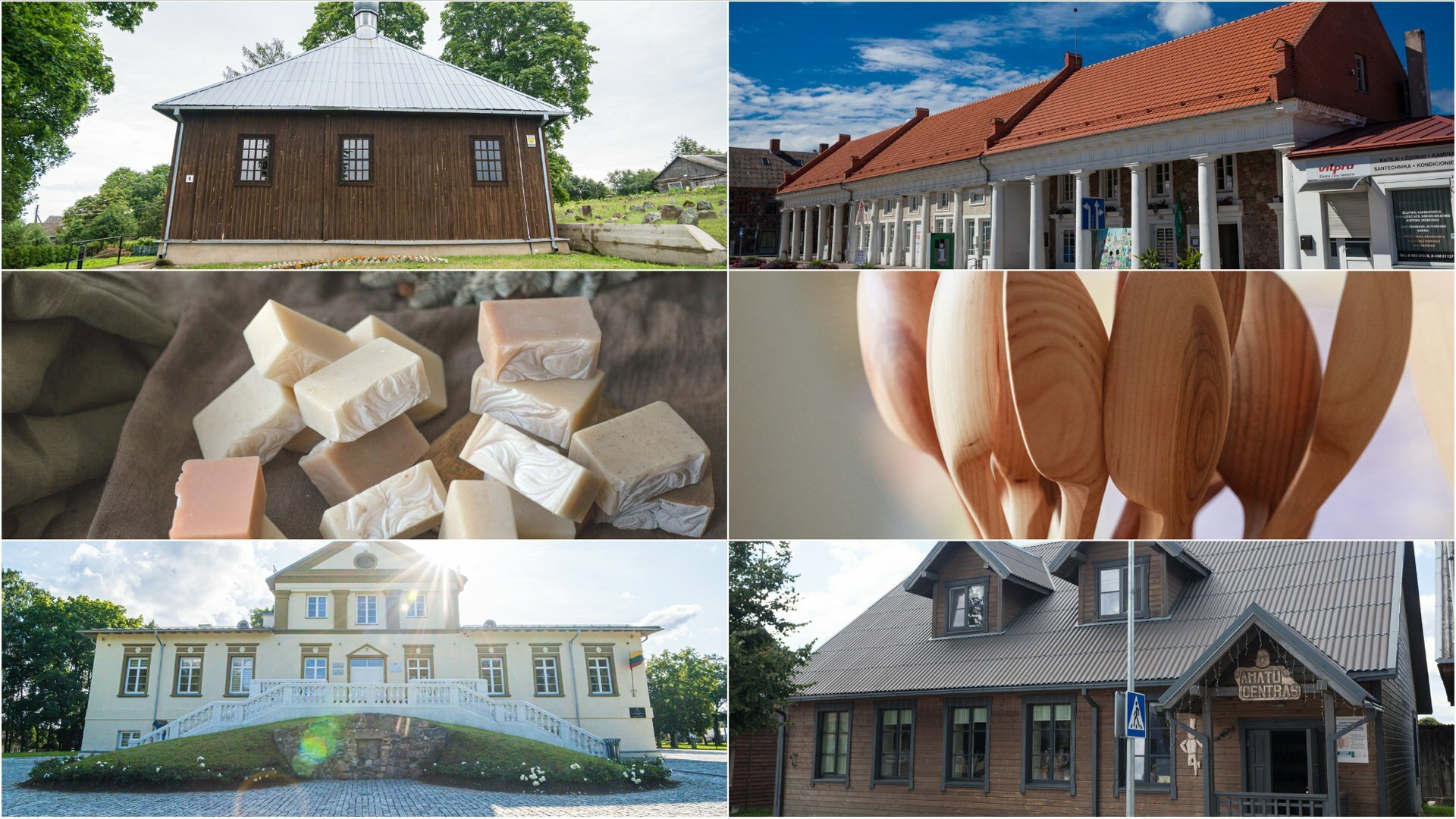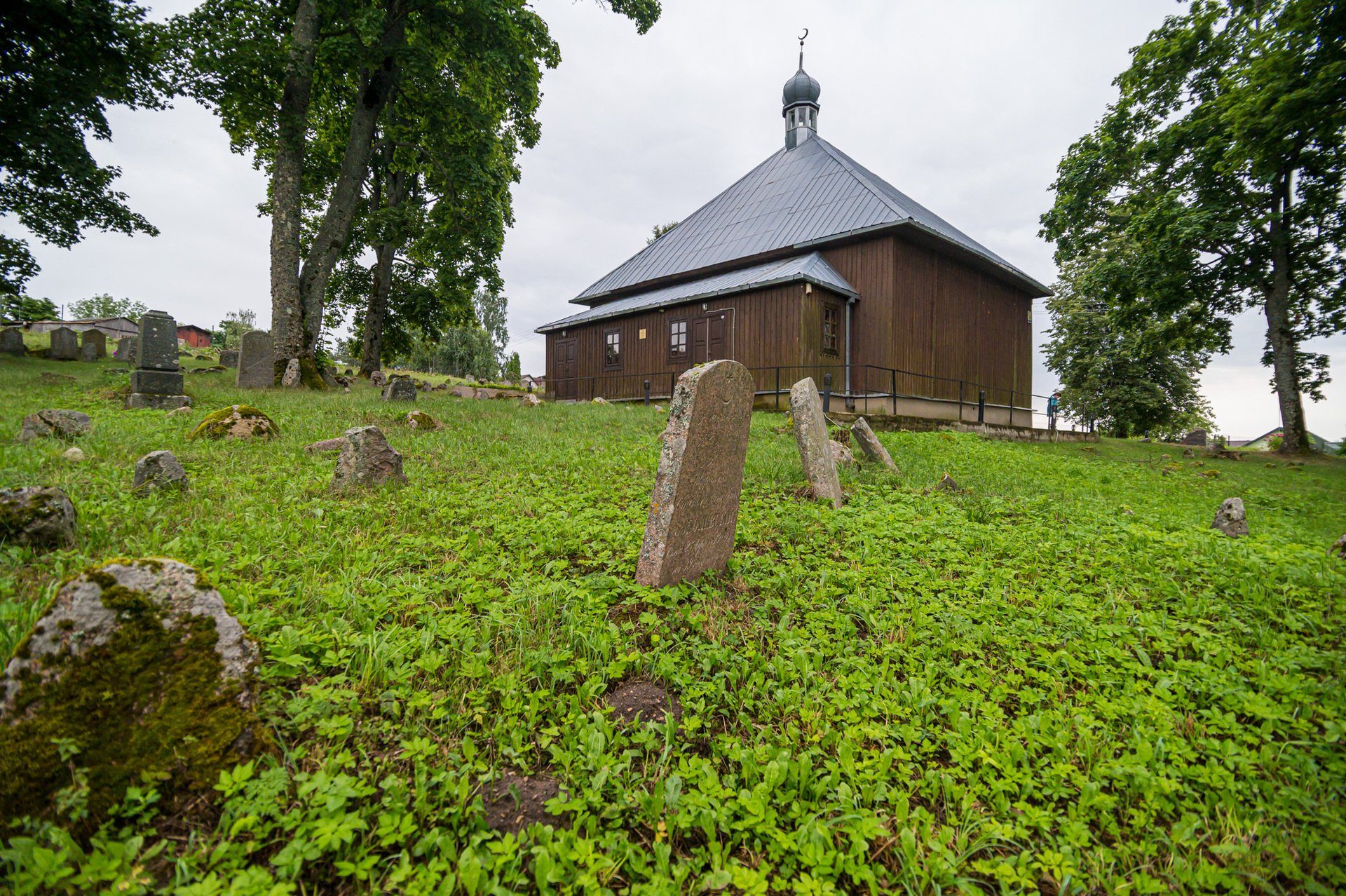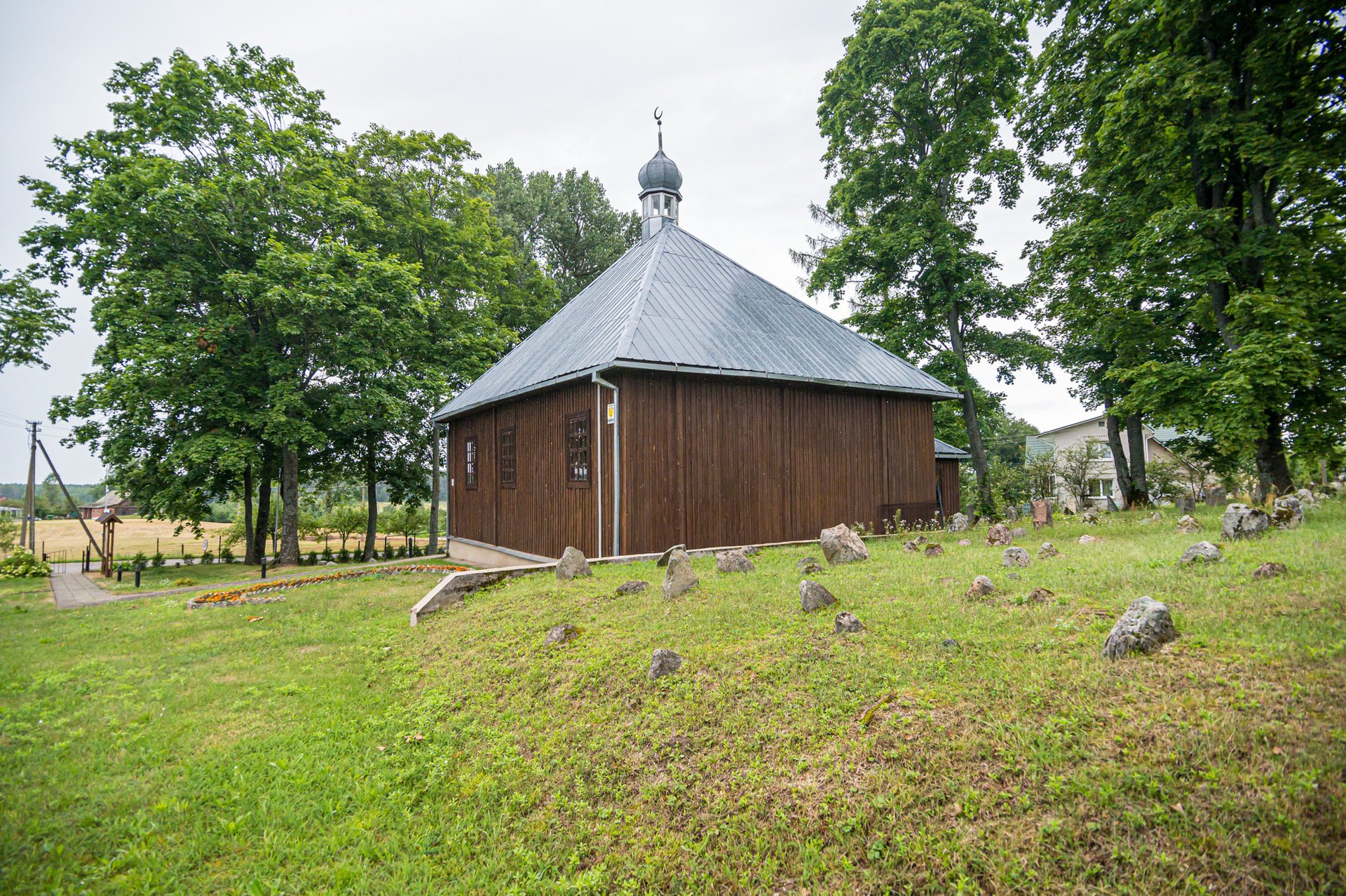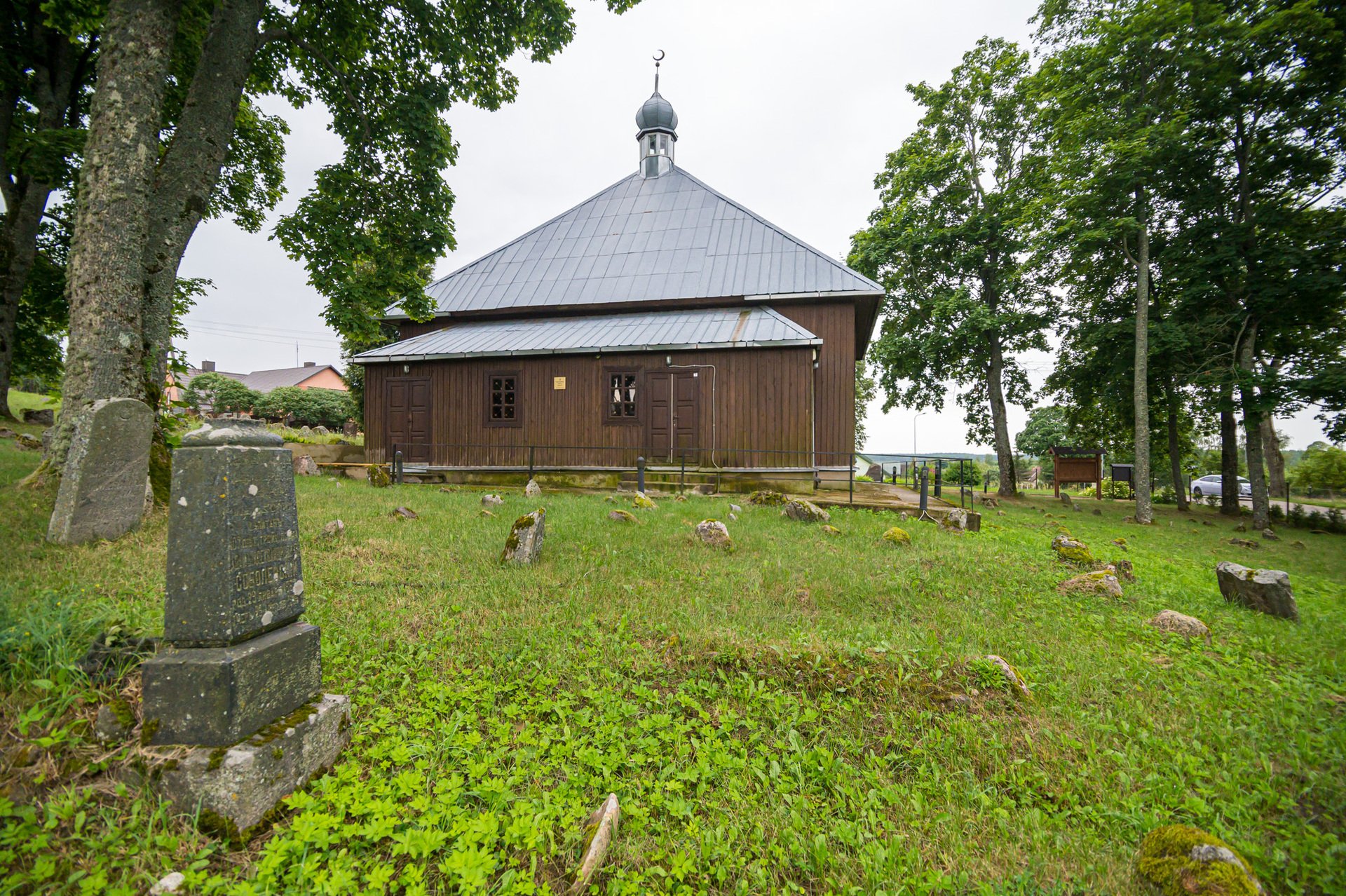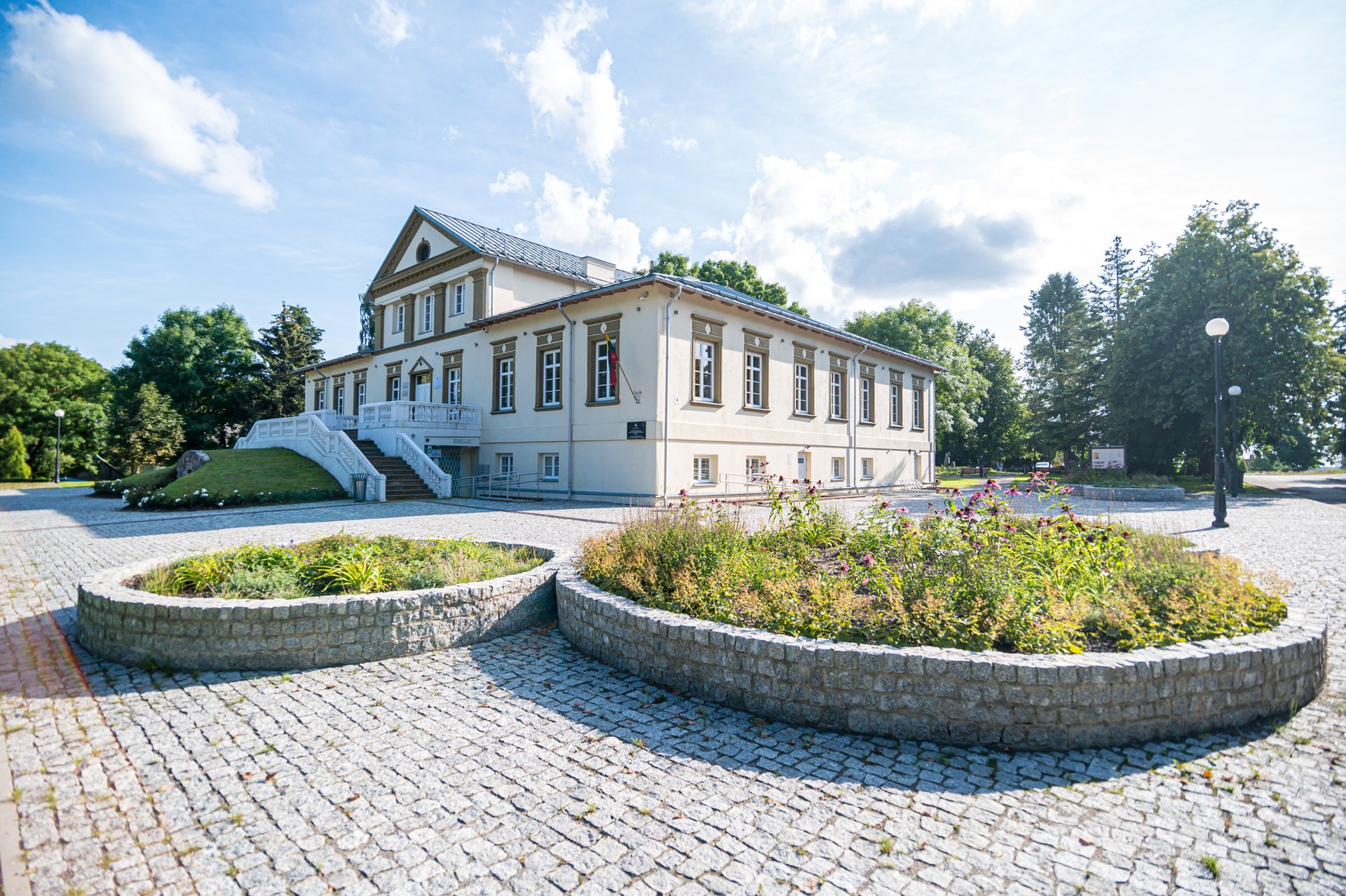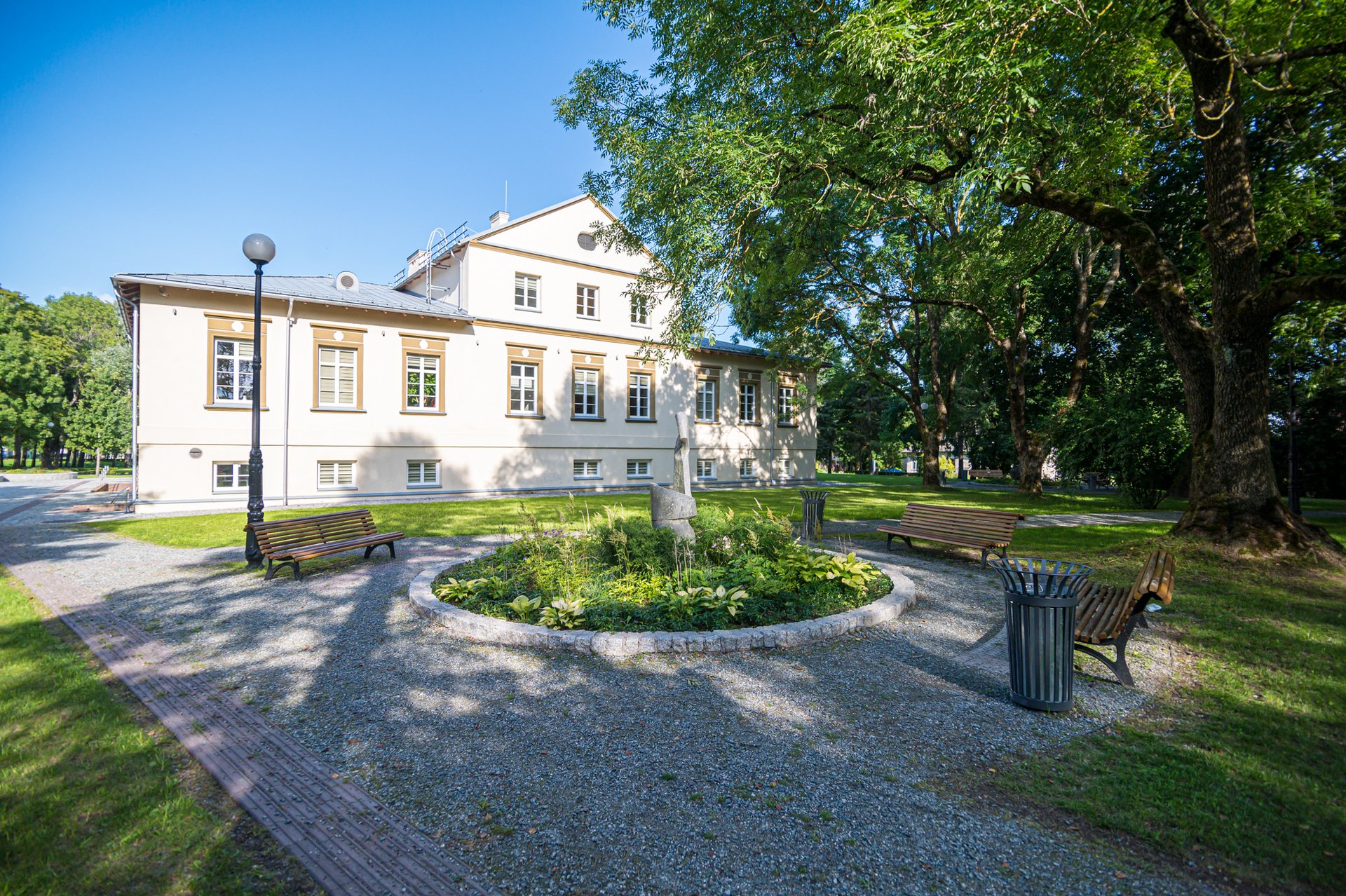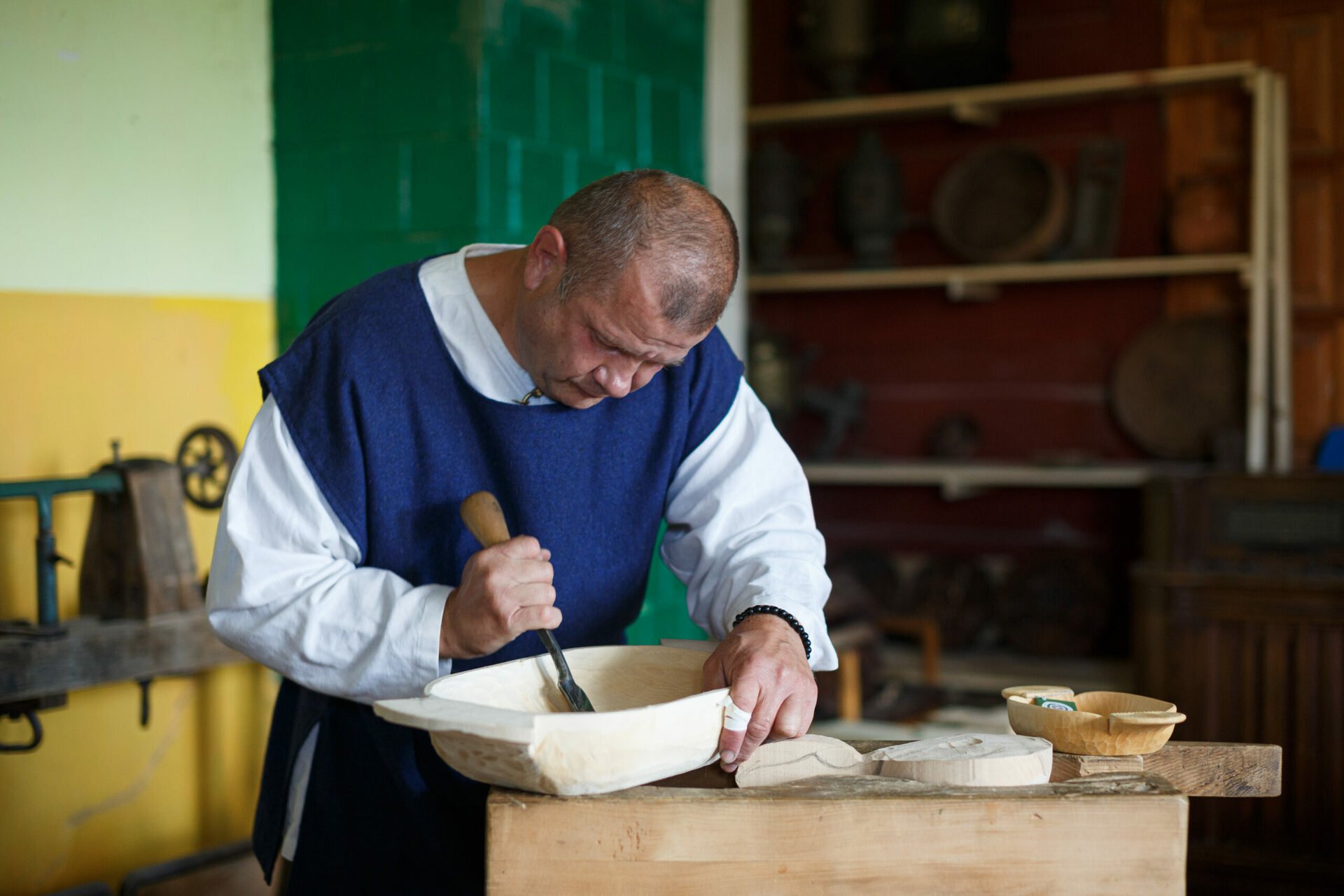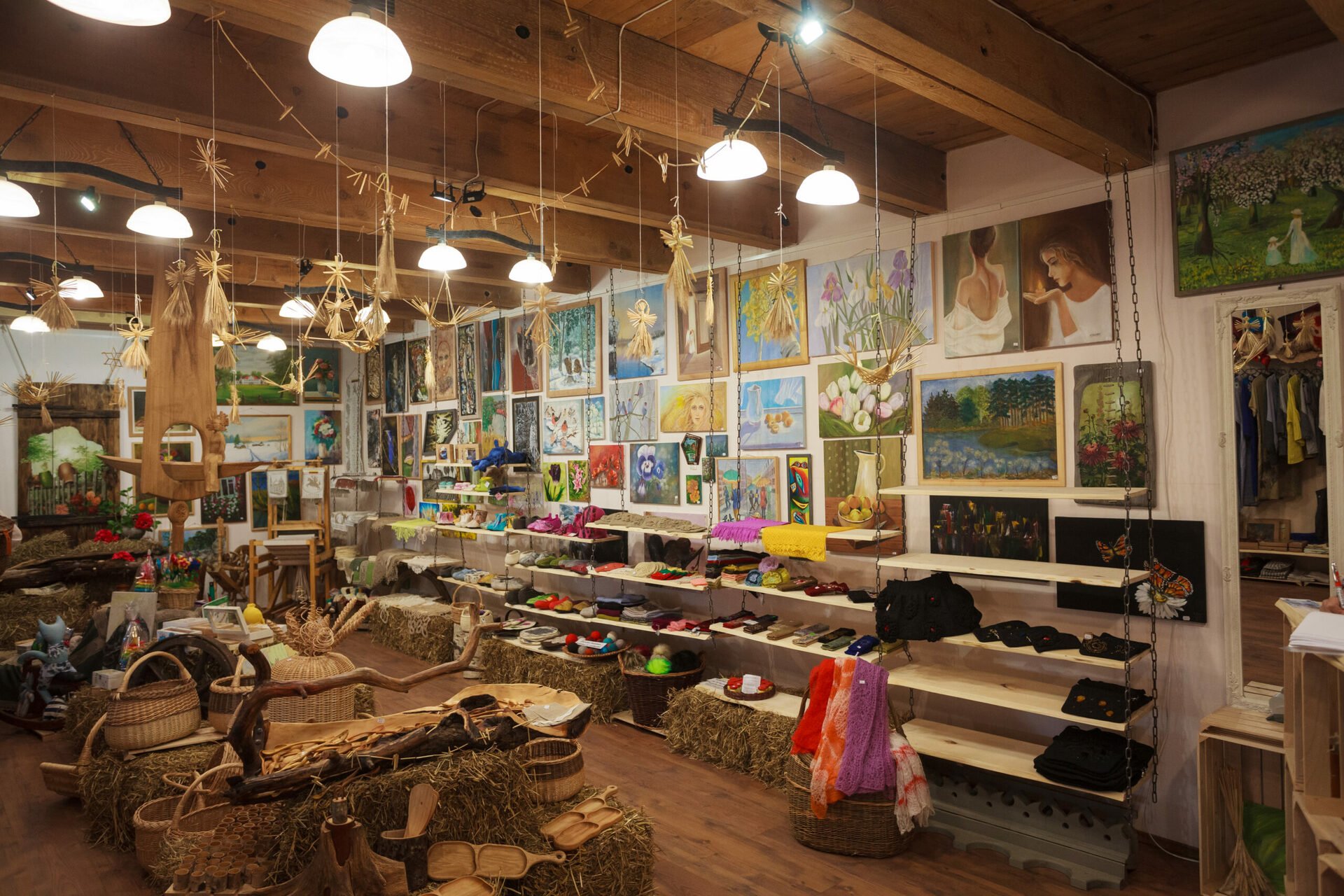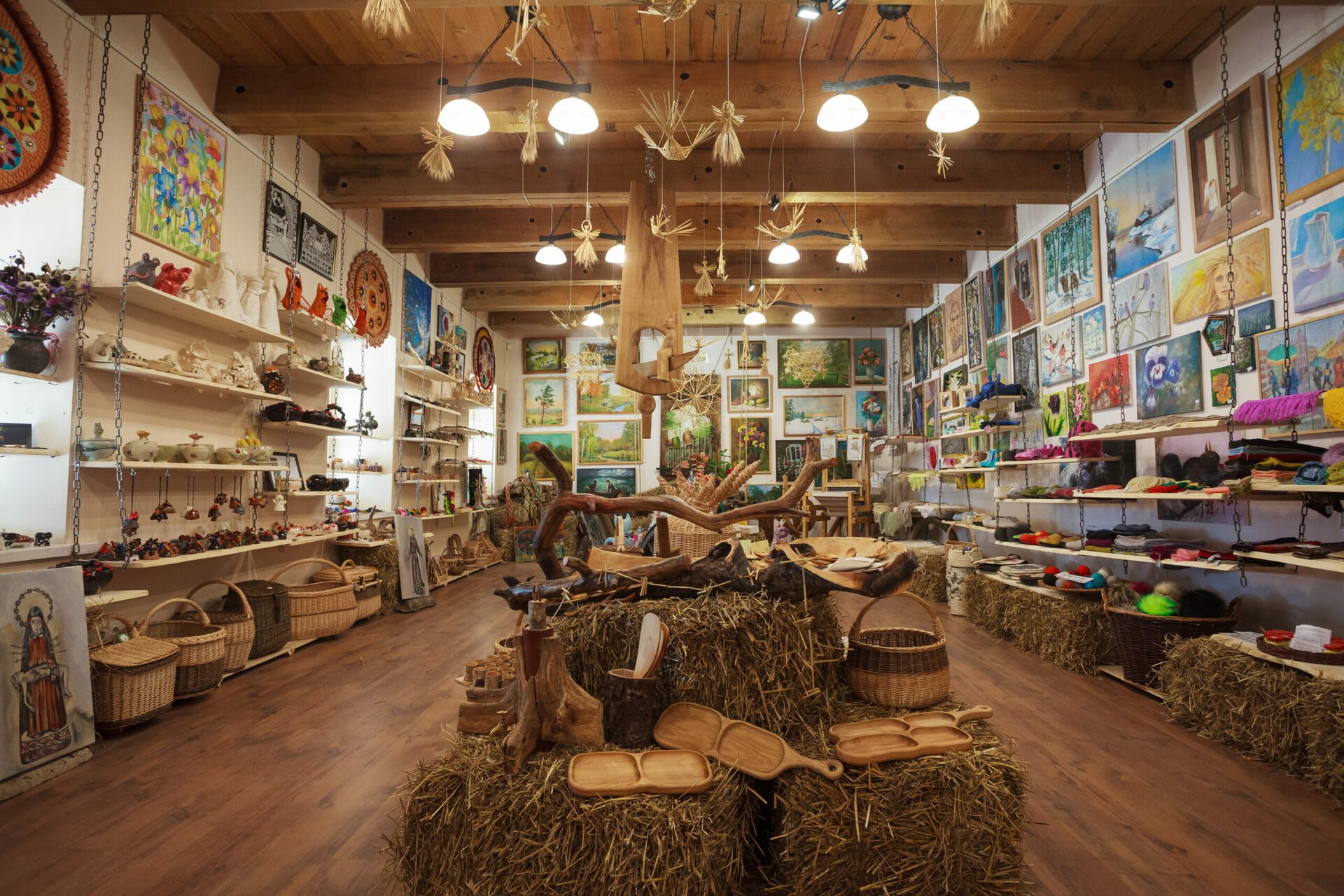Vilnius District can take you to the heart of tradition and culinary of different nations. For many centuries, representatives of many nations formed the unique originality of the location and its traditions. Recharge your batteries while learning about candle making, straw weaving, wool felting and ceramic craftsmanship, smell and taste traditional Tatar dumplings, make a pumpkin pie with your own hands.
Also discover the best palm-weaving traditions which were formed in Vilnius region. Such palms are particularly frequently made in a few villages transferred from generation to generation of women. Learn all the mentioned crafts during your visit!
Forty Tatars village
The rural Tatar community, which is the oldest ethnic group living in Lithuania, having settled in the country when it was the Grand Duchy of Lithuania in the 14th century, offers several culinary educational programs through the culinary heritage of Tatars and revealing the distinctiveness of national minorities living in Lithuania. “Čeburekai”, “Šimtalapis” cake, “šurpa” soup, dumplings, “plovas” and “balandėliai” – all of these are traditional Tatar dishes. These foods had a severe impact on forming the Lithuanian culinary heritage. Here each visitor can apply for a master class with experienced craftsmen and learn how to make authentic Tatar dumplings, centipede, Halma, sweet crust, pumpkin pie or jam with your own hands.
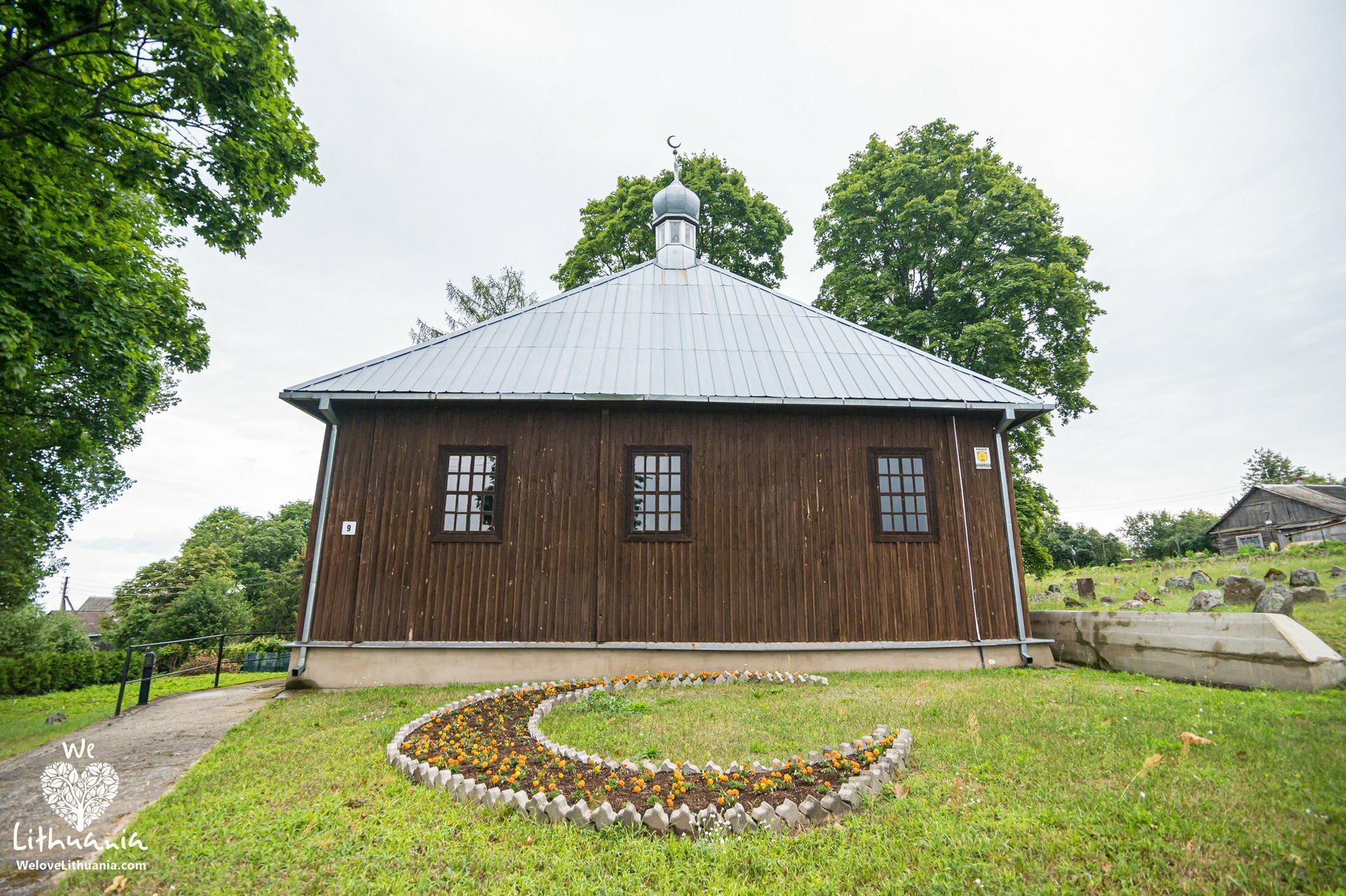
(9 Vytauto Street, Keturiasdešimt Totorių Village, Vilnius District, Lithuania, www.fortytatarsvillage.lt, +370 67600250)
Centre of Traditional Crafts at the Houvalt Manor
In the Centre of Traditional Crafts folk artists and local folklore Scholars, craftsmen with certificates of national heritage of Lithuania offer visitors various educational activities. A team of experts consisting of a woodcarver, a paper cutting expert, a soap maker and a carpenter willingly share their knowledge in the field of their crafts by organizing master classes where any visitor can try to learn it. Visitors are also invited to learn about candle making, straw weaving, wool felting and ceramic craftsmanship or learn the art of Lithuanian palm weaving, practiced and characteristic exclusively in the Vilnius Region.

(4 Algirdo Street, Maišiagala, Vilnius District, Lithuania, www.vrtic.lt, +370 67290225)
Soap Farm
A small family runs business of two traditional Lithuanian handicraftsmen – soap makers. Since 2009 these products have been recognized as a part of the Lithuanian national heritage.
In farm’s fields bloom various wild plants such as wild roses, marigold, chamomile, mint, sage, lavender. All these plants are turned into flower waters, herbal oil extracts and soaps. Essential oils in saponification process do not reach high temperature, that is why they still keep nourishing the skin. Only natural materials are used in soap making process. Soaps are coloured only with flower petals and plant seeds. If you want to try to make a soap yourself this is the best opportunity!
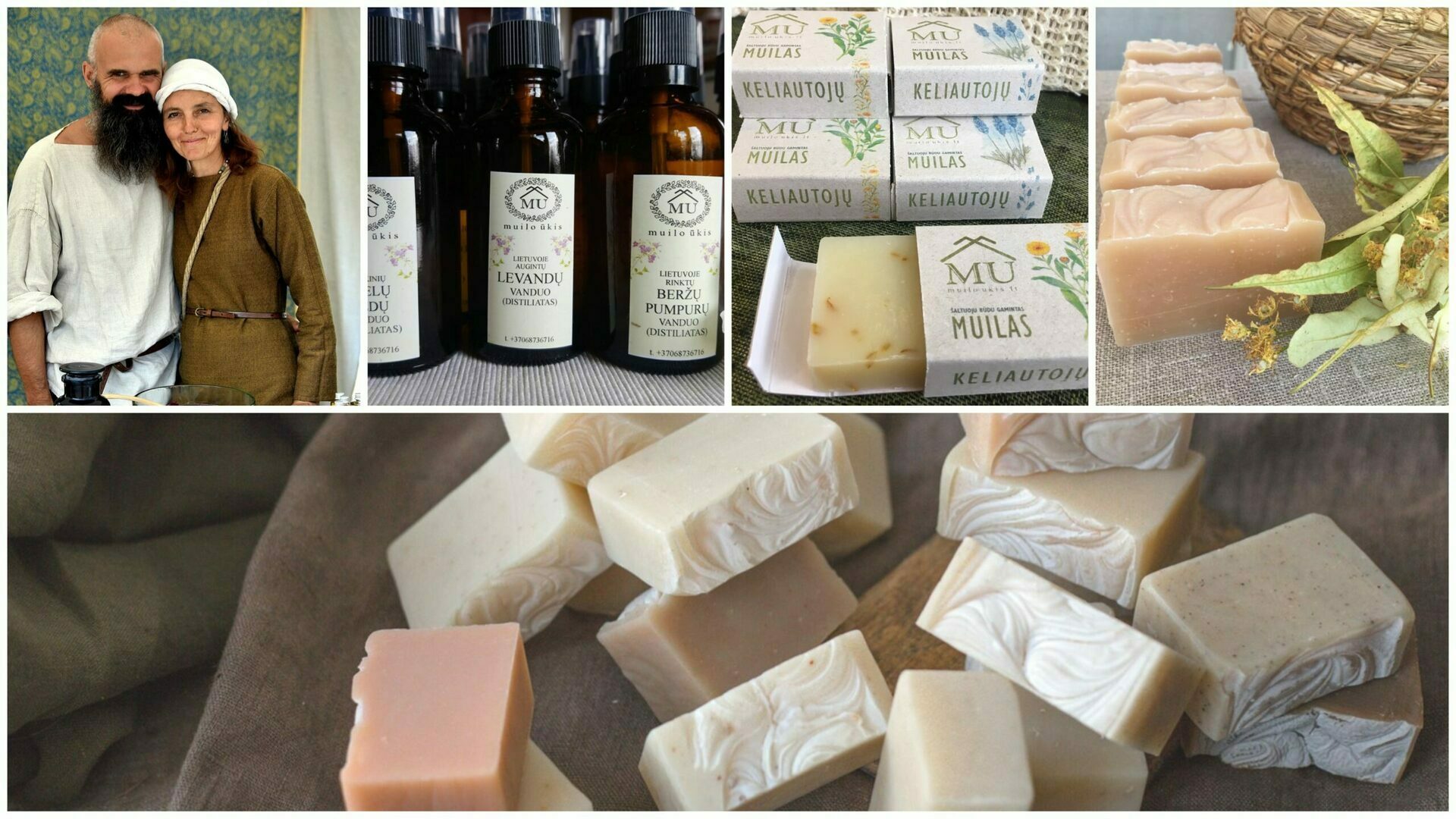
(Staikiškių Village, Vilnius District, Lithuania, www.muiloukis.lt, +370 68720501)
Rokiškis District is unique not only because of its rich history and legacy of the Selonians,
but also because of its cherished old crafts and traditions. Visitors may encounter craftsmen
of various fields. They share their experience eagerly, and the products of these weavers,
woodcarvers, wool-felt makers, wicker-makers, cutting-makers, bakers, or wine-makers
are certified as national heritage. The craftsmen of Rokiškis District astonish their fellow
countrymen and visitors with their exceptional works and wares.
Salos Manor Craft Workshop
The educational programmes of wicker making, decoration of wooden toys, carving of rattles and spoons, clay moulding and throwing are organised in the craft workshop opened in the house of Salos Manor. Visitors are invited to get familiar with old crafts – to spend their leisure time creatively, to acquire personal experience, and to leave not only with own-made
items but also with the joy experienced by creating. Besides, visitors may walk around the old park of Salos Manor on the island of Lake Dviragis.
(13 Kaštonų St, Salos Village, Kamajai Eldership, Rokiškis District, Lithuania, www.rokiskiotic.lt, +370 61000610)
Dusetos Craft Centre
Woodcarver Erikas Čypas is a craftsman of certified traditional products of Lithuanian national heritage, who fosters old crafts such as toy-making and vat-making, and has been carving for more than 30 years. Mr Čypas makes unitary wood carvings and organises educational programmes for people, who want to learn to carve in the craft centre that he has established. Visitors are invited to attend the museum, are able to buy original works of the woodcarver and take part in the educational programme “Secrets of the Wood”, where they can learn to carve a bird or a small tub, a scoop, and decorate their works with old Lithuanian symbols and ancient signs: grass-snakes, suns and trees of life.
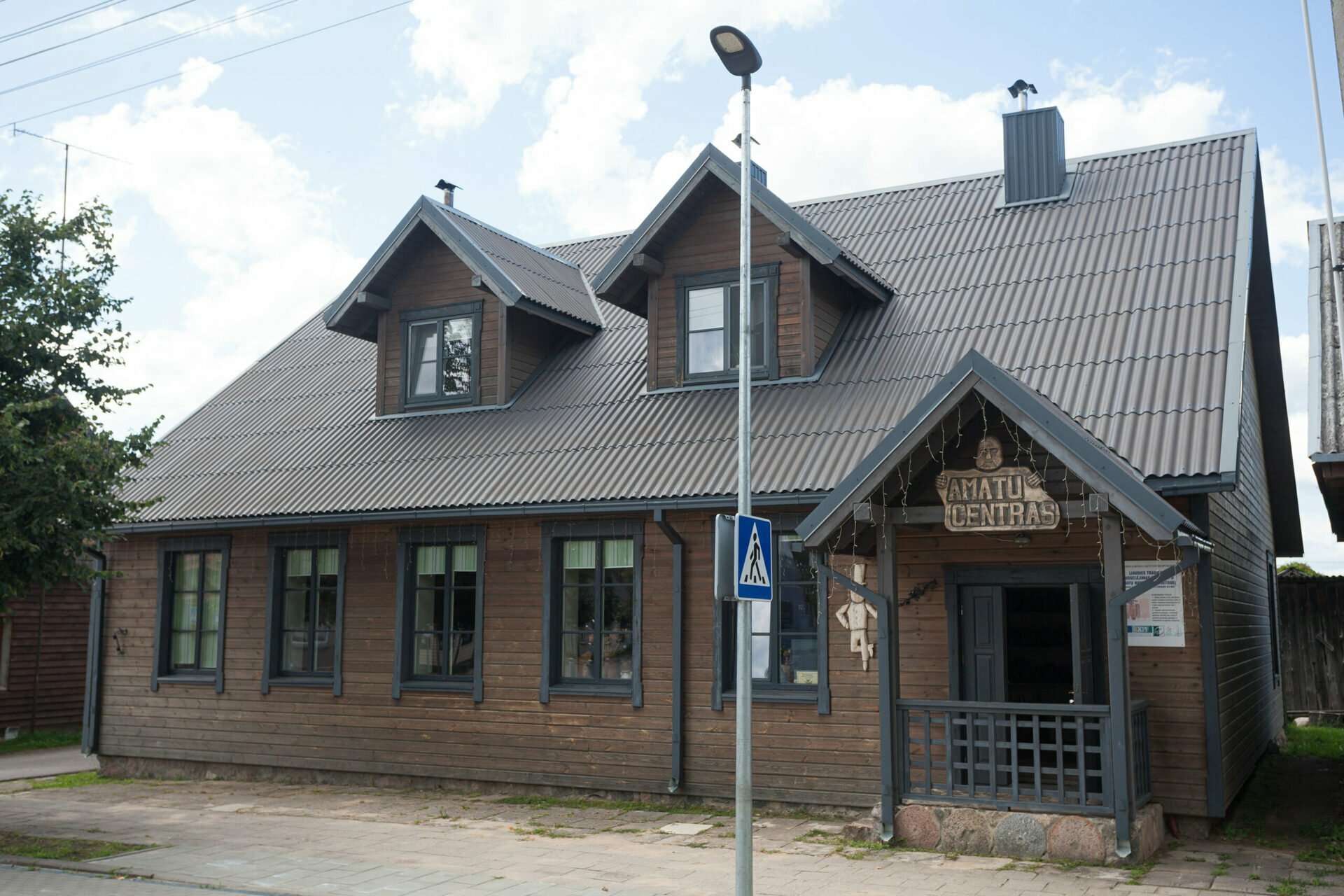
(1 K. Būgos St, Dusetos, Zarasai District, Lithuania, www.visitzarasai.lt, +370 61026296)
Rokiškis Folk Art Gallery
The gallery is located in the very centre of Rokiškis Town, in the historical part that has been recognised as urban heritage. It has a spacious exhibition hall and a place for educational activities, where folk artists of Rokiškis District organise educational programmes intended to popularise crafts and preserve the continuity of ethnic traditions. Visitors of various age groups will enjoy the educational activities – “Weaving”, “Wool-Felt Making”, “Secrets of the Tree” and others – and will learn how to make a felt toy or cap, weave a bookmark, carve a wooden spoon or some other carving. Besides, visitors may buy the works created by Rokiškis folk artists here.
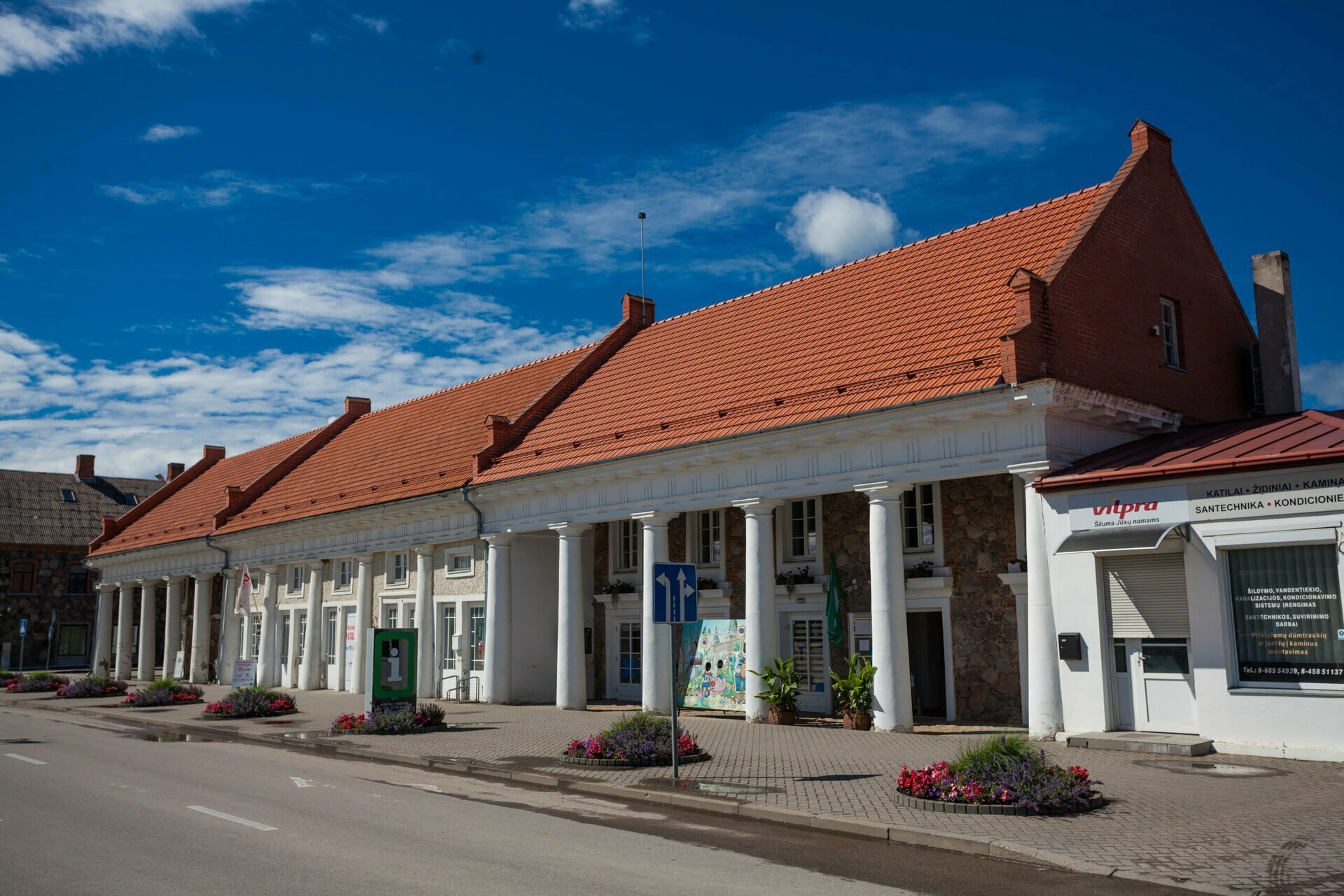
(8 Nepriklausomybės Sq., Rokiškis, Lithuania, www.rokiskiotautodaile.lt, +370 68951279)
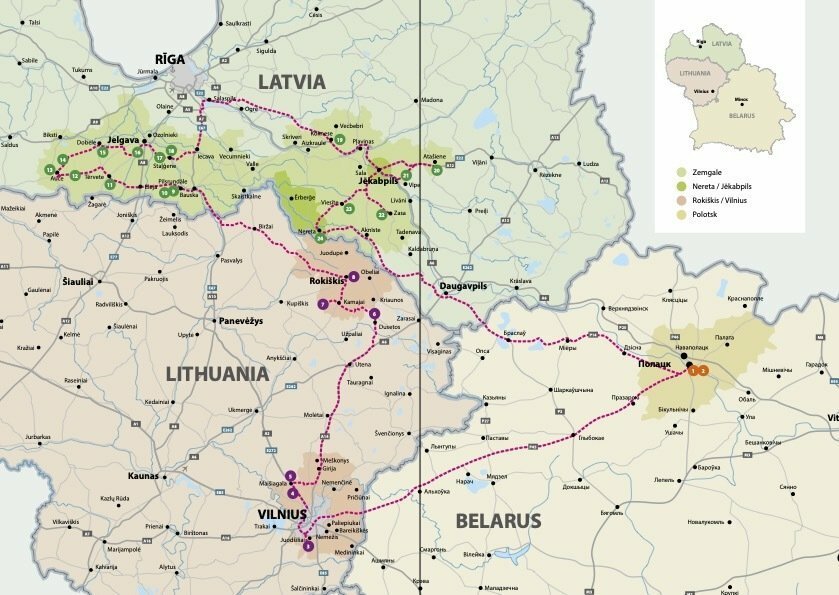
The project “Rediscover the roots of regions” is being implemented under the European Neighbourhood Instrument Cross-border Cooperation Programme Latvia-Lithuania-Belarus 2014-2020. The objective of this project is to promote the preservation, availability and development of intangible culture and local history heritage. This project is funded by the European Union. Total project budget – EUR 1 031 590.97, with 90% (EUR 928 431.87) funded by the European Union.
This article was produced with the financial support of the European Union. Its contents are the sole responsibility of Vilnius District Municipality and do not necessarily reflect the views of the European.
